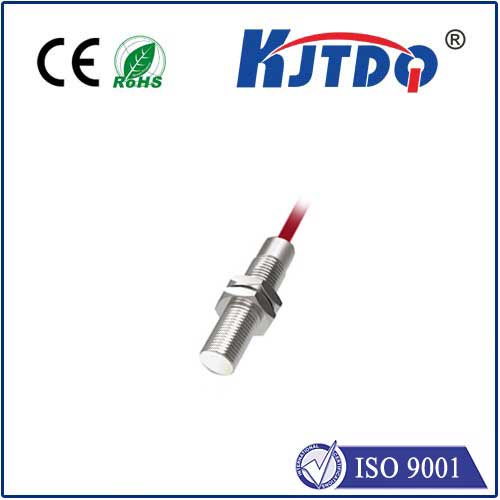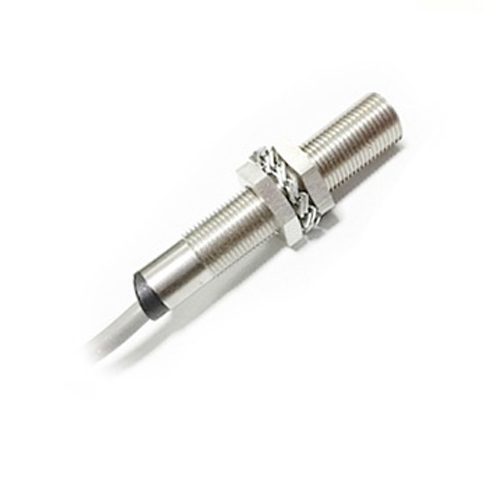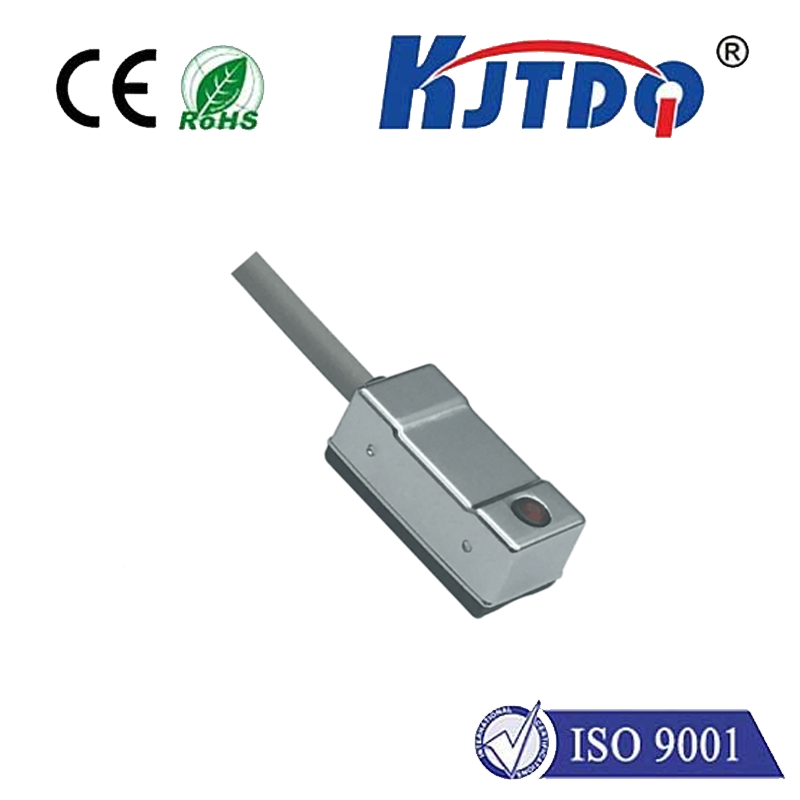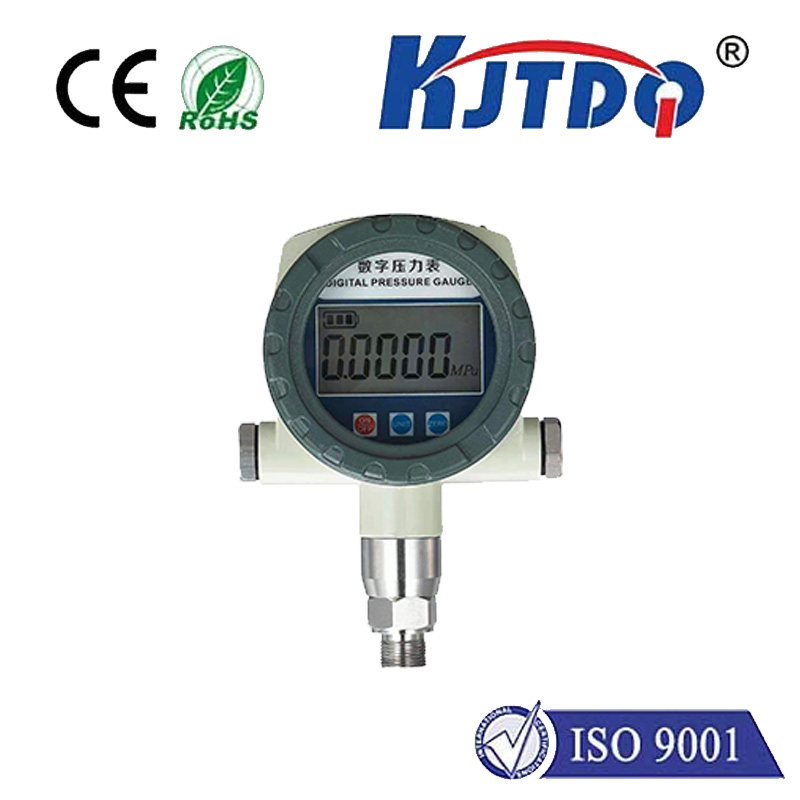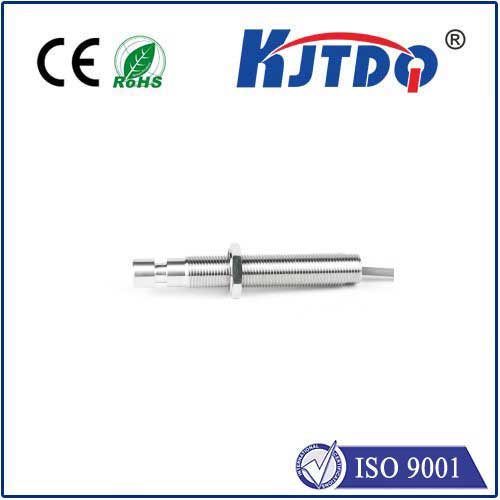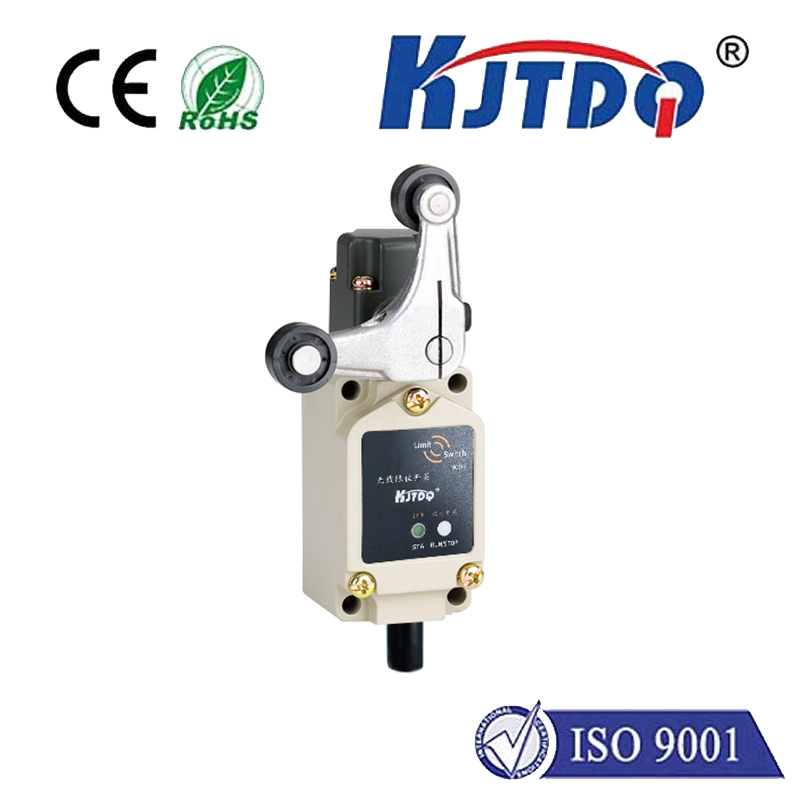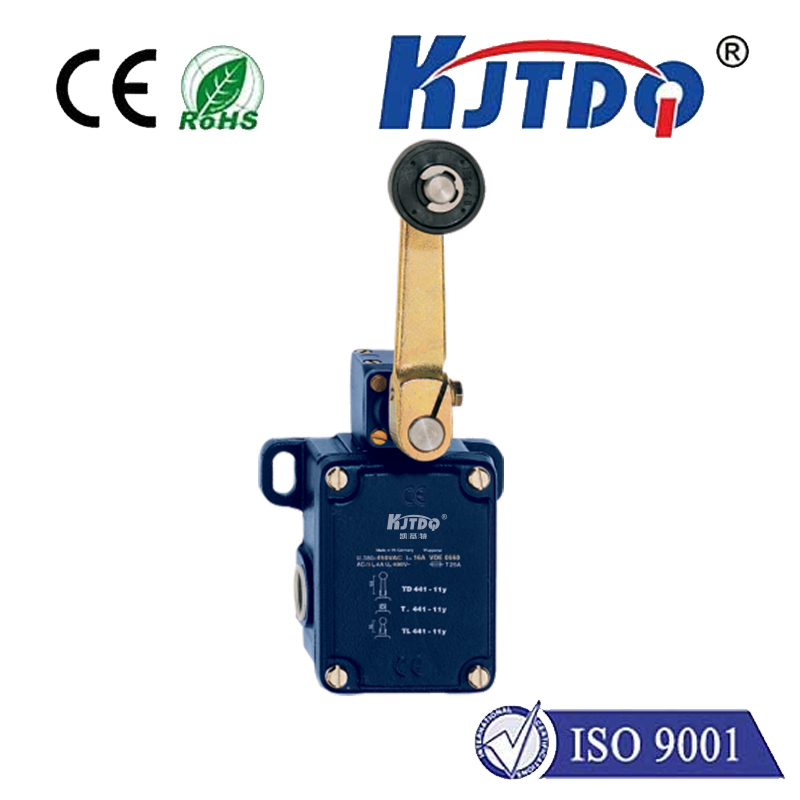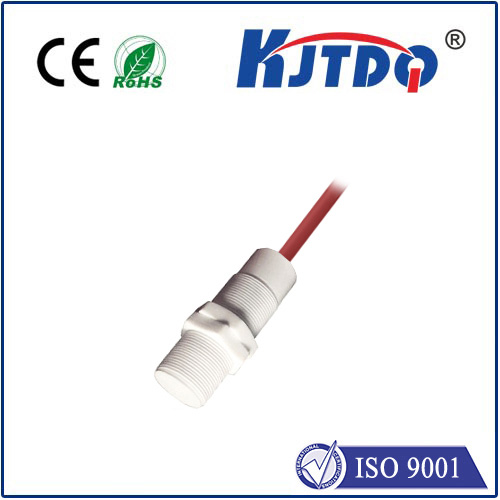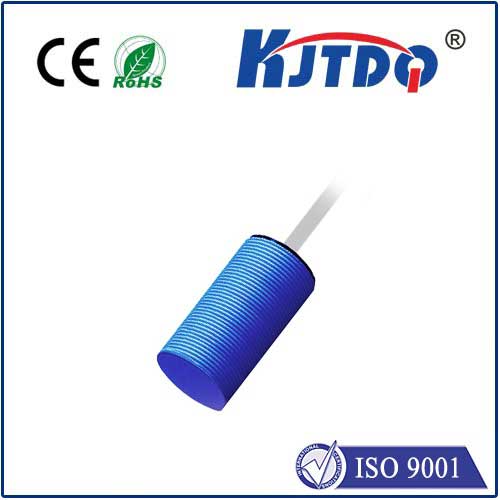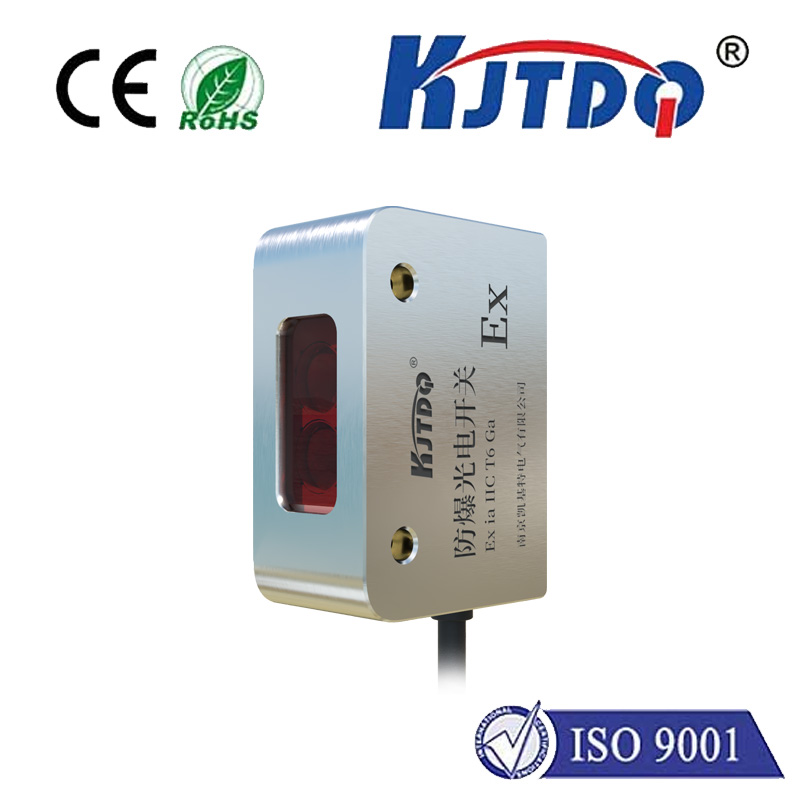BES030C proximity sensor
- time:2025-10-14 03:21:27
- Нажмите:0
BES030C Proximity Sensor: Precision Detection for Demanding Industrial Automation
In the intricate dance of modern manufacturing and automation, unseen heroes tirelessly monitor processes, ensuring efficiency and safety. Among these silent sentinels stands the индукционный датчик приближения, a fundamental component in countless systems. The BES030C proximity sensor, a specific model engineered for consistent performance and reliability, exemplifies this crucial technology. Designed for non-contact detection of metallic objects, this sensor operates quietly behind the scenes, triggering actions, counting parts, and safeguarding machinery with unwavering precision. Its compact design belies its significant impact on production lines, material handling, and robotics worldwide.
Understanding the Core Technology: Inductive Proximity Sensing
At the heart of the BES030C sensor lies the principle of electromagnetic induction. The sensor contains an oscillator circuit that generates a high-frequency electromagnetic field emanating from its active face. When a conductive metal target (like steel, aluminum, brass, or copper) enters this detection field, eddy currents are induced on the target’s surface. These eddy currents absorb energy from the sensor’s oscillating field, causing a measurable change in the oscillation amplitude within the sensor itself. Sophisticated circuitry within the BES030C precisely monitors this amplitude change. Once the disturbance reaches a specific threshold – corresponding to the sensor’s defined sensing distance – the sensor’s output state switches, typically from “off” to “on” (or vice-versa, depending on configuration).
This non-contact operation is the key advantage. Unlike mechanical limit switches, there is no physical wear and tear from repeated actuation. The BES030C proximity sensor provides millions of reliable switching cycles, drastically reducing maintenance downtime. Furthermore, its immunity to dirt, dust, oils, and other contaminants – assuming the appropriate ingress protection (IP) rating is selected – makes it exceptionally robust for harsh industrial environments often found near machinery or outdoor installations.

Key Specifications & Design Features of the BES030C
The BES030C is characterized by several critical specifications that define its application suitability:
- Sensing Distance: Typically specified at 4mm for a standard Fe360 (mild steel) target. This nominal sensing distance is a crucial factor for installation planning, ensuring reliable object detection without accidental triggering or misses. It’s vital to consider the “reduction factor” when detecting other metals like aluminum or stainless steel, as the effective sensing distance decreases.
- Snorkel Design: This model often features an extended cylindrical “snorkel” or sensing face, allowing it to be mounted flush or slightly recessed within machinery or fixtures while still projecting its sensing field effectively. This protects the sensor face from direct impact.
- Electrical Output: Most commonly available with a 3-wire DC configuration using an NPN normally open (NO) transistor output. This is the standard in many PLC (Programmable Logic Controller) and automation control systems, requiring a positive supply voltage (often 10-30V DC), a ground connection, and the switched output line. The NPN output sinks current to the common ground when the sensor is active.
- Housing Material: Typically constructed with a rugged nickel-plated brass housing or stainless steel housing, offering excellent resistance to corrosion, vibration, and mechanical stress inherent in industrial settings. The robust construction ensures a long operational lifetime.
- Connection: Commonly utilizes an M12 x 1 connector, a standard industrial interface known for its reliability, ease of connection/disconnection, and wide availability of compatible cables. This facilitates quick replacement and maintenance.
- Protection Rating: Frequently rated IP67 or IP68, indicating high resistance to dust ingress and protection against temporary (IP67) or prolonged (IP68) immersion in water. This resilience is essential for washdown environments, food processing, or outdoor applications. Look for specific certifications relevant to your industry.
- Operating Conditions: Designed to function reliably within specified temperature ranges (e.g., -25°C to +70°C) and voltage tolerances, ensuring stable performance under varying environmental stresses.
Where the BES030C Proximity Sensor Excels: Real-World Applications
The combination of its non-contact sensing, robust construction, and reliable NPN output makes the BES030C incredibly versatile. Here are some prominent industrial applications:
- Position Verification: Confirming the presence or absence of metal components on assembly lines or pallets. Did the robot place the part correctly? Has the fixture closed? The BES030C provides the definitive answer.
- Object Counting: Accurately tallying metallic parts passing a point on a conveyor belt or through a chute. This is fundamental for production tracking, inventory control, and batching processes.
- End-of-Travel Detection: Signaling when a pneumatic cylinder, linear actuator, or other moving metallic component has reached its fully extended or retracted position, ensuring safe and controlled machine sequences.
- Machine Safety & Overspill Prevention: Monitoring fill levels in metal bins or hoppers, triggering alerts or stopping feeders to prevent overfilling. Used as part of safety interlocks to confirm guard doors are closed before machine start-up.
- Speed Monitoring: Detecting the teeth or holes on rotating metallic gears or encoder wheels to calculate rotational speed.
- Robotics: Providing precise feedback on the position of robotic arms or grippers, especially when handling or detecting metallic objects.
Ensuring Optimal Performance: Installation & Selection Considerations
Maximizing the effectiveness and longevity of your BES030C proximity sensor requires attention to detail:
- Mounting: Securely mount the sensor to minimize vibration. Ensure the target approaches the sensing face perpendicularly for maximum range and reliability. Maintain the specified mounting clearance (distance) between the sensor body and surrounding metal to avoid interference with the electromagnetic field. Flush mounting is often possible with the snorkel design.
- Target Material & Size: Remember that the effective sensing distance depends heavily on the target material. Standard mild steel (Fe360) provides the reference distance; non-ferrous metals like aluminum or brass will have a significantly reduced range (consult datasheets for reduction factors). Ensure the target size meets or exceeds the sensor face diameter for consistent detection.
- Environmental Factors: While robust, avoid mounting sensors in areas subjected to extreme temperatures beyond their rating, excessive weld spatter (which can coat the sensor face), or strong magnetic fields from transformers or motors, which can interfere with operation. Ensure the selected IP67/IP68 rating matches the environmental conditions.
- Electrical Wiring: Carefully follow the wiring diagram (typically Brown = +V, Blue = 0V / GND, Black = Output) using appropriately sized cables. Ensure clean, secure connections. Protect wiring from abrasion. Connect the NPN output correctly to your PLC input card or controller, remembering it requires a common 0V reference. Proper grounding is essential.
- Indicator LED: Utilize the built-in LED status indicator (often visible on the sensor body) during commissioning and troubleshooting to visually confirm target detection and output switching.
The Unseen Guardian of Industrial Rhythm
The BES030C inductive proximity sensor is far more than just a simple switch. It is a sophisticated piece of factory automation technology, embodying reliability, durability, and precision. Its ability to function without physical contact in demanding environments makes it an indispensable component for achieving high-speed, efficient, and safe industrial operations. From ensuring products are correctly assembled to preventing costly machine

